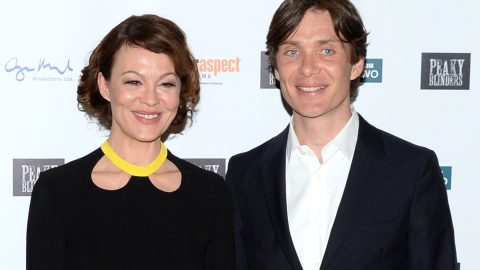NME Music News, Reviews, Videos, Galleries, Tickets and Blogs | NME.COM

Dub doesn’t get talked about enough, even though it influenced most of today’s number one musicians. Emerging from Jamaica in the late ‘60s, the influential musical movement travelled all over the world thanks to migration from the Caribbean. With the Windrush generation’s influx into London, dub travelled across the waters, but how has it influenced the capital city? The Museum of London’s got you covered, telling the story of dub with a shiny new exhibition running until early next year. NME paid the exhibition a little visit – here are the big talking points.
Forget everything you think you know about dub
Before going to an exhibition all about dub, you need to at least know what the genre is — and no, it isn’t all hard basslines and brain-busting techno synths that you may recognise today. Dub, in the truest sense, is all about mixing music by removing vocals and upping basslines, and was made popular in reggae and so-called ‘doubles’ or ‘riddims’ where multiple artists jump on the same instrumental, or DJs swap vocals out for a new feel. The sound emerged in the late ‘60s; many exclusive records spun by famous soundsystem DJs in Jamaica would feature just the instrumentals to floorfillers, and they’ve have other MCs “toast” (a form of rapping) over them.
The style’s influence is even greater than you might imagine
Long things short, dub is the foundation to hundreds of genres and subgenres out there. Hip-Hop and punk music are directly birthed from dub; from hip-hop’s soundsystem roots to popular dub pioneers Lee ‘Scratch’ Perry collaborating with infamous brit-punk band The Clash. Yet that are more obscure influences. The exhibition features a great mind map that shows just a fraction of today’s music links, reflecting the endless hours of back and forth trying to settle on a correct listing. So even if the original dub style isn’t your thing, you can count yourself a fan if you’re into dubstep, trip-pop, 2-step or even spoken word.
You can’t talk London dub without taking protest music
Everyone knows of the colourful spectacle that is Notting Hill Carnival, and surely NHC superfans will want to learn about roots of the sounds that soundtrack what for this writer is the world’s greatest event. However, there are a load of politics behind dub, given its inextricable relationship with huge Windrush-era incidents such as the Battle of Lewisham and the Notting Hill Riots, which saw protestors use dub’s various forms to fight for justice amongst their communities.
The movement offer spiritual healing for some
Dub also is somewhat heavily influenced by the Rastafari movement that promoted peace everywhere. With dub culture being a celebration of the Windrush generation and their achievements amongst their struggles, some have spiritual ties to the style. Sister Stella of Rastafari Movement UK, a collaborator on the exhibition, has summed dub up by saying it encompasses “a complex era of changing “socio-political” times in the 1980s… The A-side of a record would awaken me to social commentary which spoke of politics, race, class, humanity, justice and injustice, of love and of sorrow. But it was the B-side of dub that gave me a profoundly deeper inner – almost electric surge of – strength.”

Dub literature is just as powerful as dub
Poets and writers immortalised dub with their words. Although the music was mostly instrumental, or swapping vocals on and off beats, the culture’s words could never be chopped and screwed as they reflected on the hardships. Poets such as Benjamin Zephaniah and Lillian Allen had a huge part in this, their powerful words and honest documentation of the world around them set unforgettable to the music.
The movement has its own curriculum
With all this underground literature around, and the education system failing young immigrants, dub literature was used as reading references for young kids being taught by their aunties and uncles whatever their teachers didn’t. This gave young people opportunities to learn about their own history and revolutionise their minds. At the exhibition, you could find great examples of texts used as well as first-hand accounts of what it felt like to be a student of dub.

The exhibition is like a record shop hub for dub
Record shops were the epicentres of dub culture and Afro-Caribbean socialising in the ‘80s, as cool fans of reggae looking for the sound of home would hang out with friends. You never knew who you’d meet: superstar DJs. MCs, singers, producers — you name it, you could find them flicking through vinyls. That’s why when you walk into the Dub exhibit, you get the same feeling as a giddy school kid, scouring the catalogue of iconic ragga or lovers rock (a style of reggae) tunes to brag about in school or the youth centre the next day.
– The Dub London: Bassline of a City exhibition is open at the Museum of London until 31 January 2021
The post Seven take-homes from the fascinating new Dub London: Bassline Of A City exhibition appeared first on NME Music News, Reviews, Videos, Galleries, Tickets and Blogs | NME.COM.





